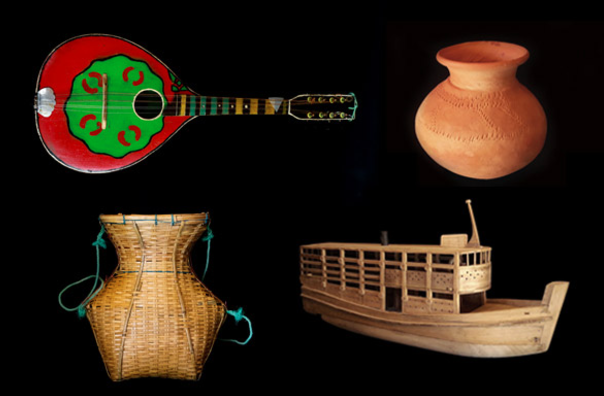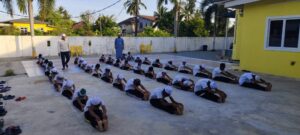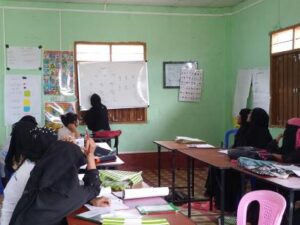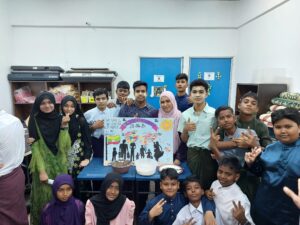The Rohingya people, an ethnic Muslim minority group primarily from Myanmar’s Rakhine State, have faced decades of persecution, violence, and forced displacement. In the wake of these humanitarian crises, many Rohingya refugees have fled to neighboring countries like Bangladesh, where they live in overcrowded camps in Cox’s Bazar. Despite enduring immense hardship, the Rohingya people have managed to maintain a rich cultural heritage—one that is at risk of being lost in the face of ongoing displacement.
In a bid to preserve this invaluable cultural history, the International Organization for Migration (IOM), a UN agency, has taken steps to protect and safeguard Rohingya artifacts that are symbolic of the community’s traditions, craftsmanship, and identity. These artifacts are not only of cultural significance but also serve as a reminder of the Rohingya people’s deep-rooted connection to their homeland.
A Cultural Legacy at Risk
Rohingya artifacts include a wide range of objects that reflect the community’s heritage, from handwoven textiles, traditional jewelry, and religious items to artistic works and everyday objects used by families in their daily lives. Many of these artifacts were either brought with the refugees as they fled Myanmar or were recovered from abandoned homes and villages.
Sadly, as thousands of Rohingya families live in displacement, their cultural artifacts are often lost, damaged, or destroyed. Many refugees in the camps have reported losing treasured belongings during their escape from violence, and the lack of space and resources in the camps makes it difficult to preserve items of cultural importance.
IOM’s Role in Artifact Preservation
The IOM recognizes the importance of preserving the Rohingya’s cultural heritage in the context of displacement. As part of its efforts to support the psychosocial well-being of refugees and help them maintain their identity, IOM has worked to collect and safeguard Rohingya artifacts that were brought into the camps. These efforts are a part of a broader initiative to restore dignity and a sense of belonging to refugees, many of whom have experienced trauma and loss.
IOM has supported initiatives that include:
- Artifacts Collection and Documentation: IOM works with Rohingya communities to collect, document, and catalog objects of cultural significance. This helps preserve memories and traditions that are vital to the community’s identity.
- Cultural Exhibitions and Awareness: By organizing exhibitions and cultural events, IOM helps raise awareness of Rohingya culture both within the refugee camps and among the wider international community. These events highlight the importance of preserving cultural heritage and fostering a sense of pride within the community.
- Cultural Protection and Advocacy: The agency advocates for the protection of Rohingya cultural heritage in displacement settings. This includes efforts to prevent the loss or destruction of significant cultural items during ongoing crises or future resettlement efforts.
The Importance of Preserving Rohingya Heritage
The preservation of Rohingya artifacts is more than just about maintaining objects—it is about protecting the cultural identity, history, and traditions of a people who have been marginalized and displaced. By safeguarding these artifacts, IOM not only helps the Rohingya people retain their dignity and pride but also ensures that future generations have a tangible connection to their past.
In the face of ongoing challenges, the preservation of Rohingya artifacts serves as a testament to the community’s resilience. It is a symbol that, despite the loss of homes and land, the Rohingya people remain steadfast in maintaining their culture and identity.





